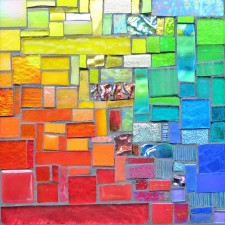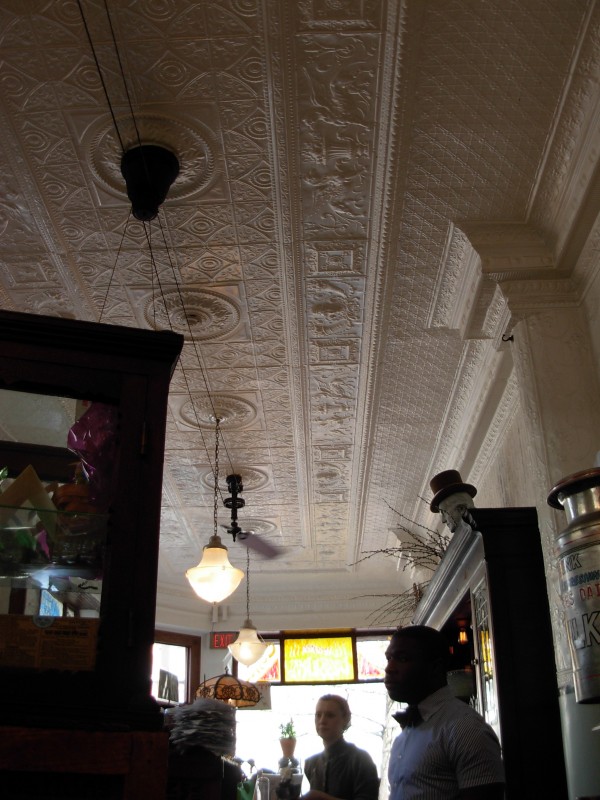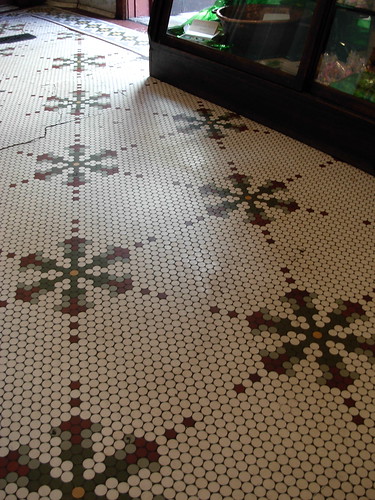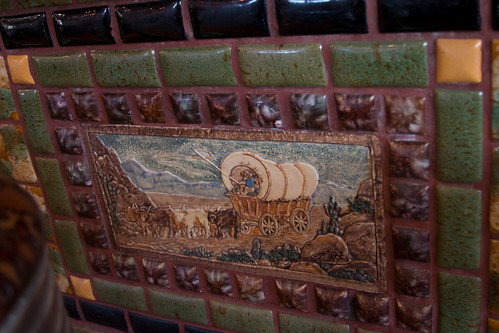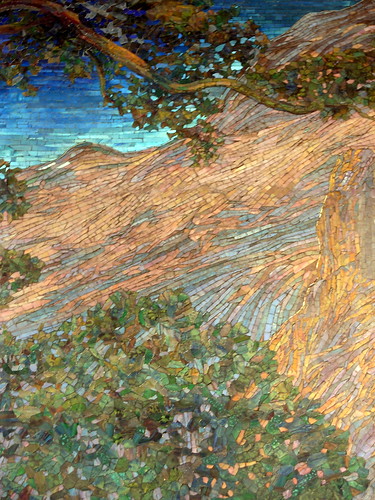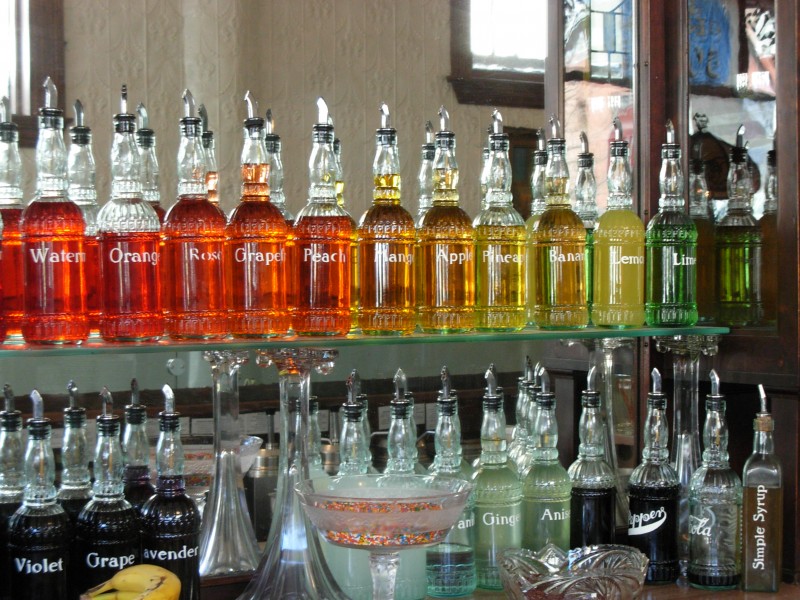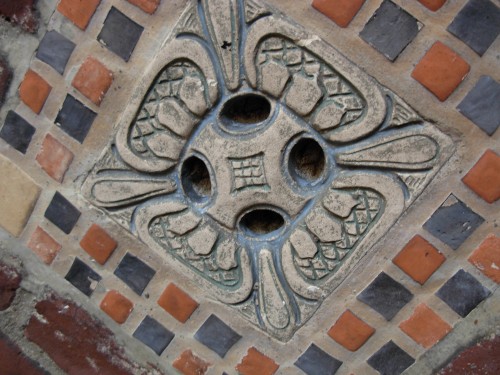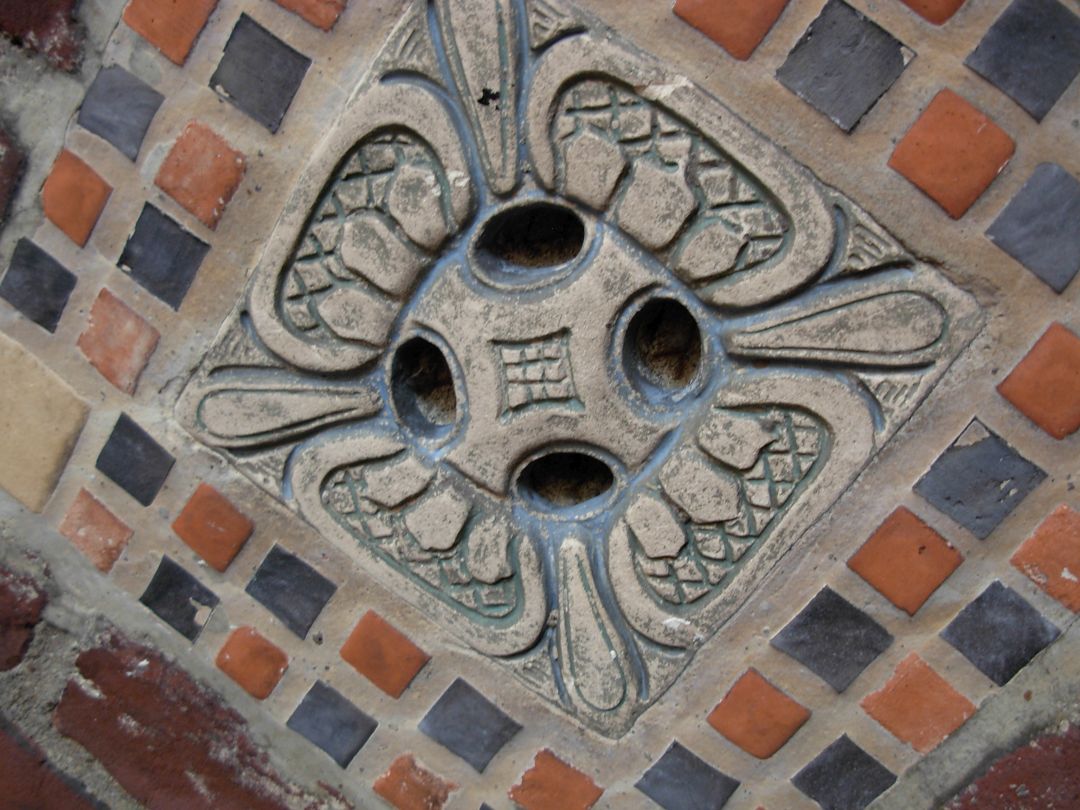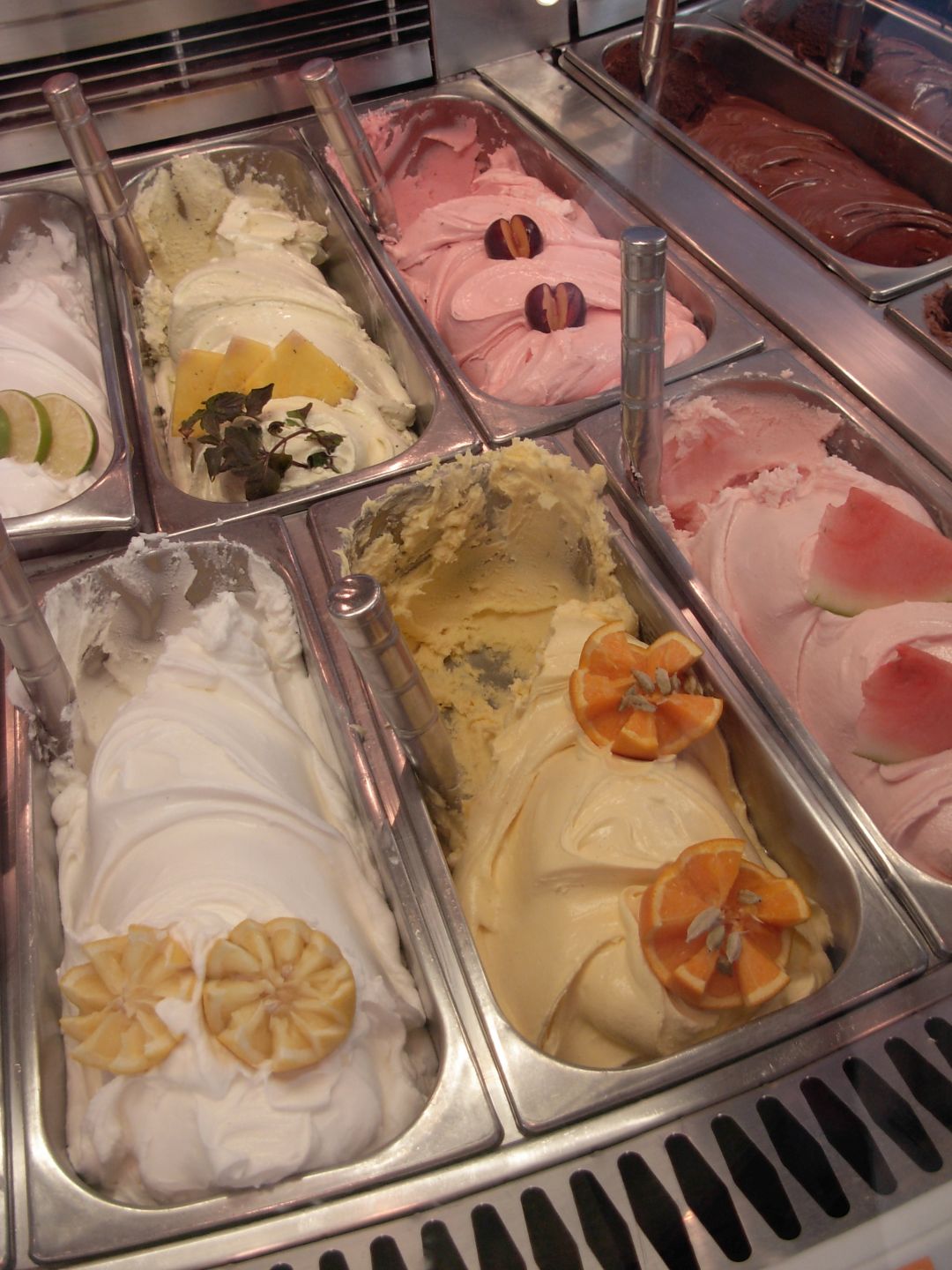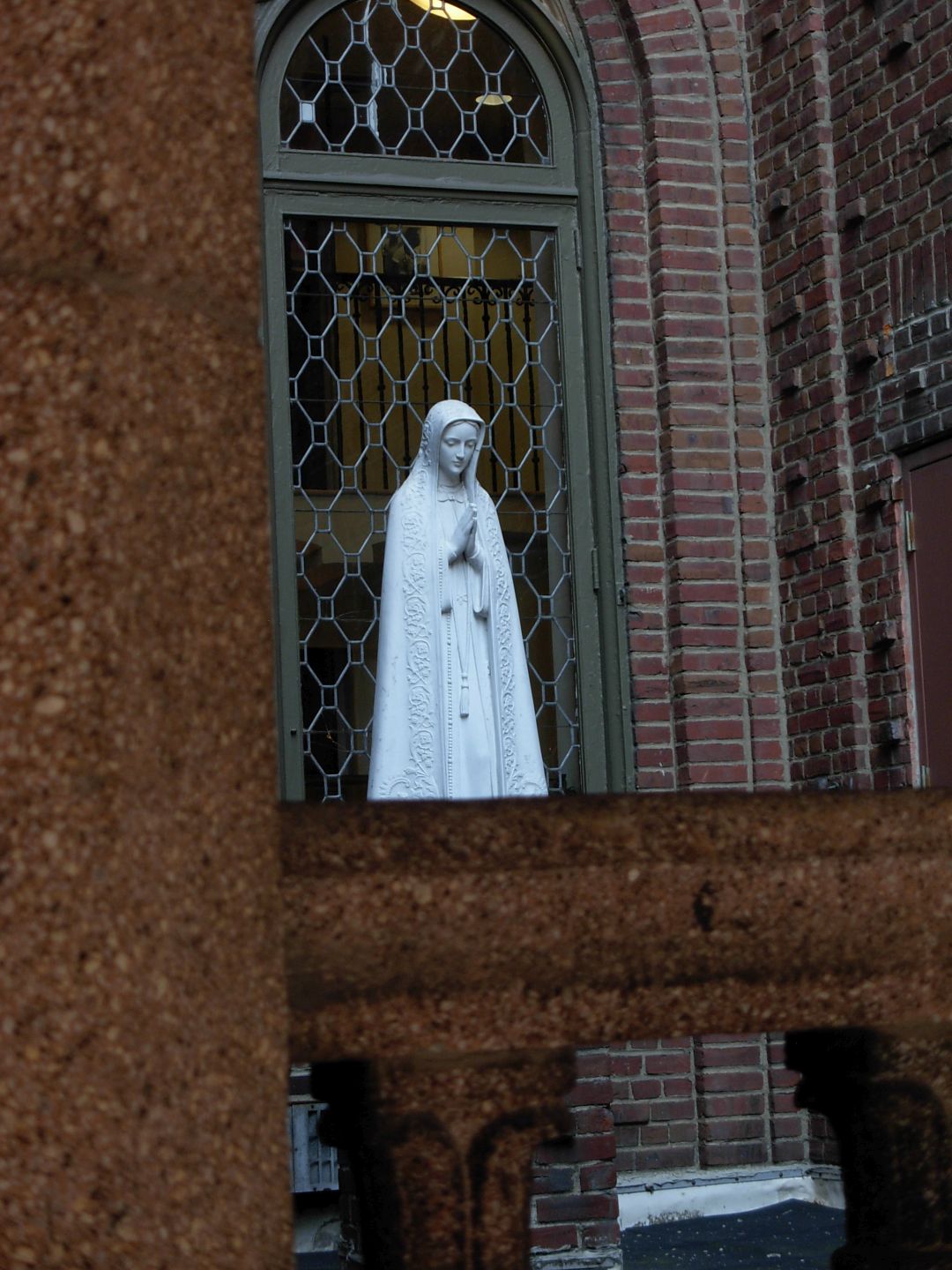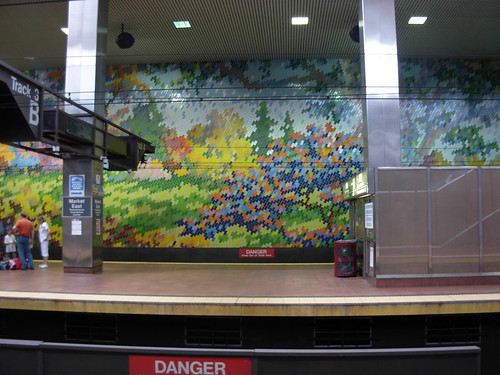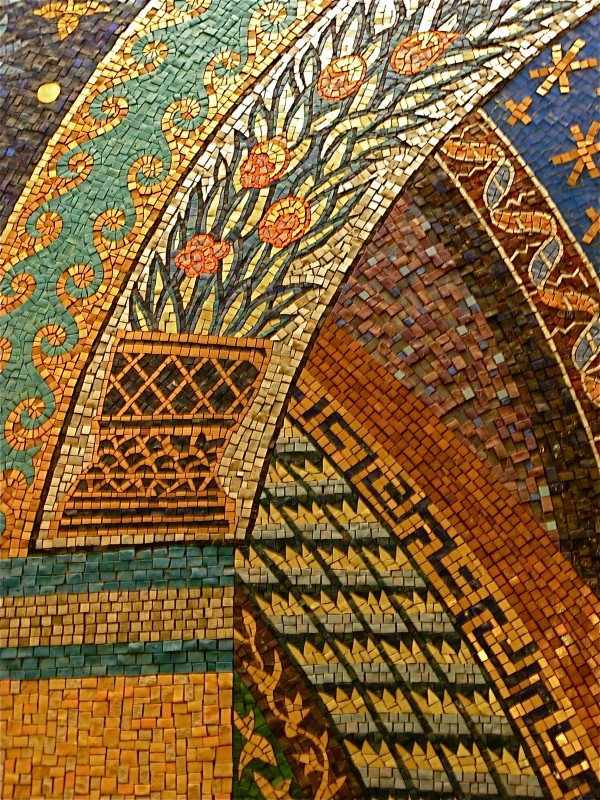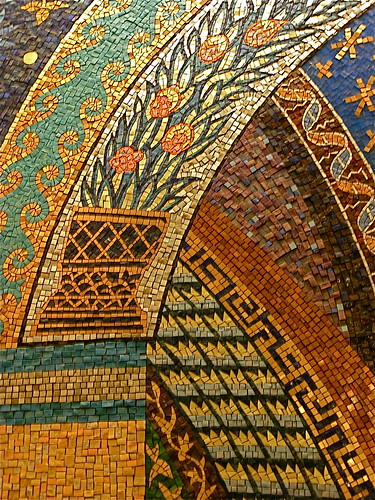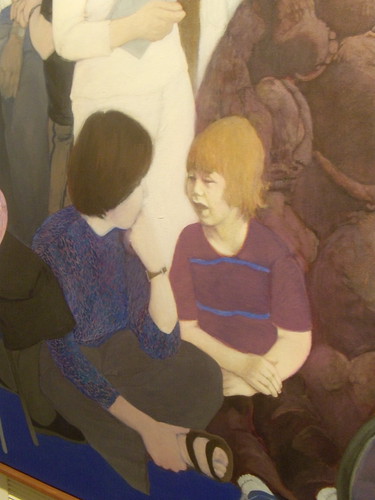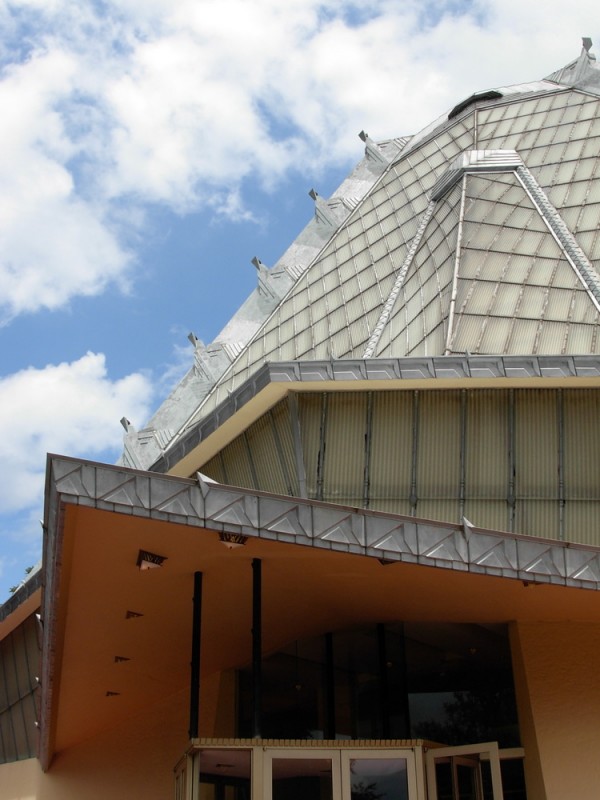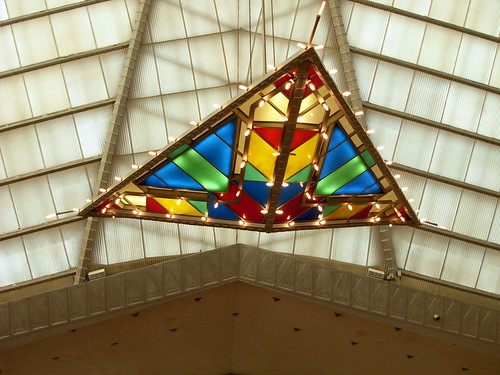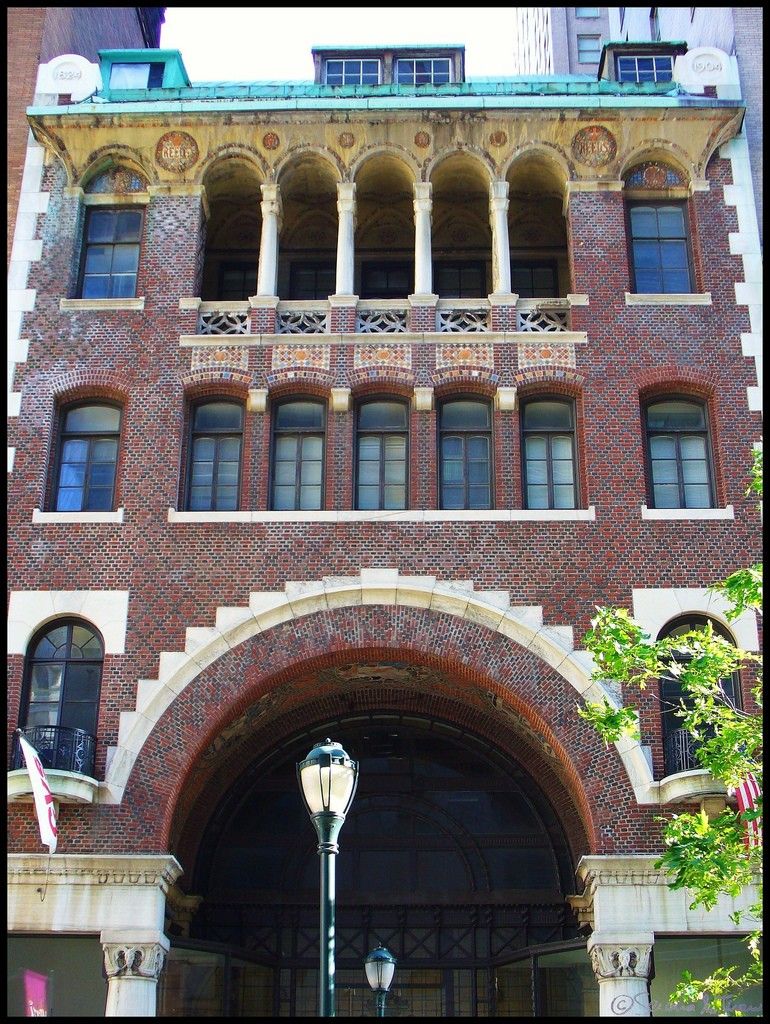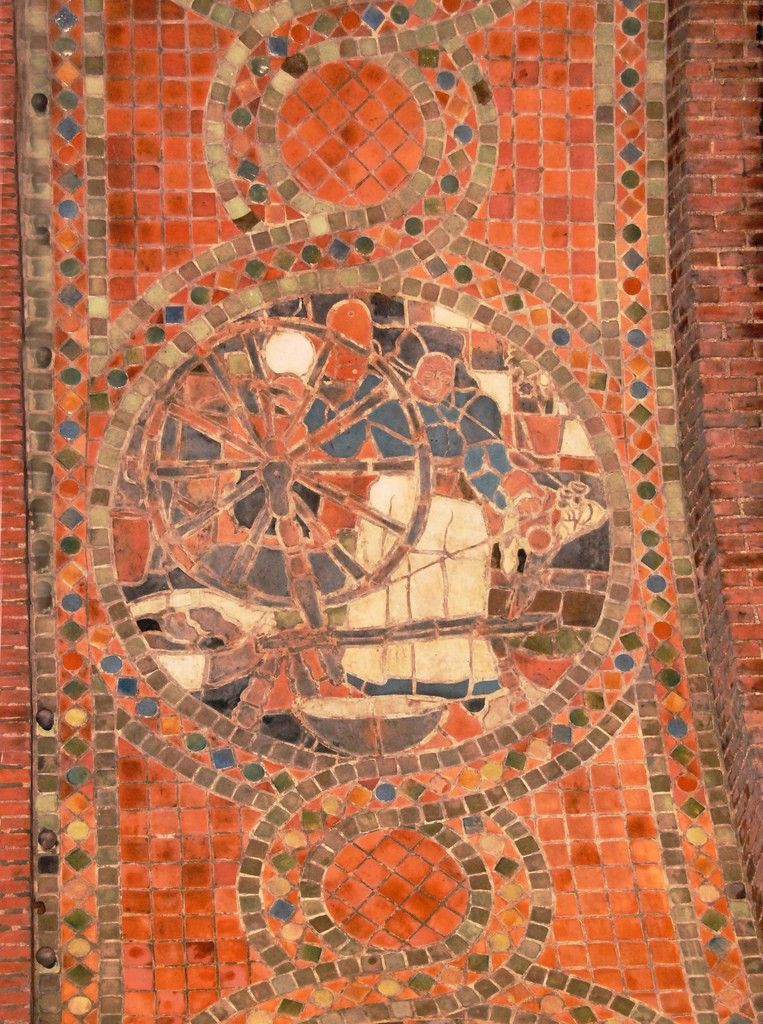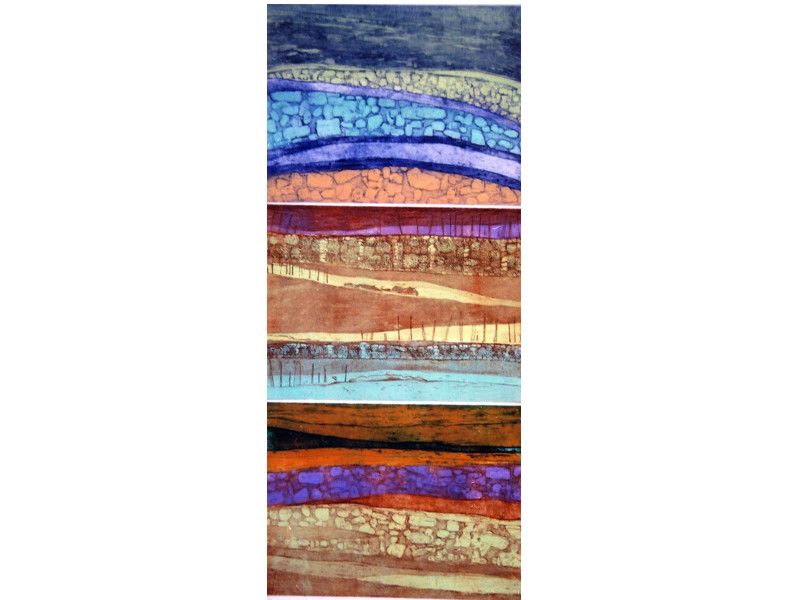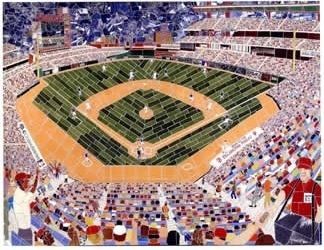
A little known fact about my biography is that I was a soda jerk for the 1986/87 school year at community college, at Kostas Drugstore in Bethlehem, PA, across the street from Liberty High School. I came across the book Sundae Best: A History of Soda Fountains by Anne Cooper Funderburg, which brought back memories of my tenure as preparer of sundaes, ice cream sodas, milkshakes and cherry, lemon, vanilla or chocolate cokes.
Two unique sundaes, of which I had never heard(and I’d never been to a soda fountain either) were the “CMP”(chocolate, marshmallow sauce and ground peanuts) and the “Dusty Road” which involved vanilla ice cream, chocolate syrup and a dusting of malted milk powder(my first one was just ice cream and malted milk, because I didn’t realize chocolate was included. My customer was amused). I had a long list of prep duties, including mixing fluff and simple syrup to make marshmallow sauce, chopping the peanuts in a meat grinder, refilling the syrups, cones, straws, and napkins. The best perk was being allowed to eat as much ice cream as I wanted.
Kostas was already archaic when I worked there, since soda fountains peaked in the 1950’s, and were done in by suburbia, but the location across from the high school insured we had a steady stream of students after school and football games descending upon the counter. Kostas lasted 10 more years after I left to transfer to a 4-year college. Stratoz suggested we find an authentic soda fountain for our anniversary in 2011, and a friend who knows about such things told us about the Franklin Fountain in Philadelphia. I had a fabulous “Cherry Bombe” soda, with cherry syrup, soda water and chocolate ice cream. I dived in before Stratoz could get a proper picture of it.
I was fascinated to discover in Sundae Best, that there was a genre of soda fountains at the turn of the 19th century which featured art tile, from companies like the Low Art Tile company. The fountain above is at Eagle’s in Yellowstone, and has delightful “pillow tiles” with rounded corners.
In a synchronicity of my love of soda fountains and quilts, I found a photo of the Needle Basket in Sutton, WV, which was formerly a soda fountain and is now a quilt store, and the owner keeps all sorts of notions in the old stainless steel drawers and dispensers. And even more cool was discovering the article Confessions of a Soda Jerk which lists some famous soda jerks, including one of my favorite jazz musicians, composer and pianist, Duke Ellington. The story goes that he wrote his first song, Soda Fountain Rag, while working as as soda jerk, at age 14 or 15.
Check out My Secret Life as a Soda Jerk on Pinterest.
